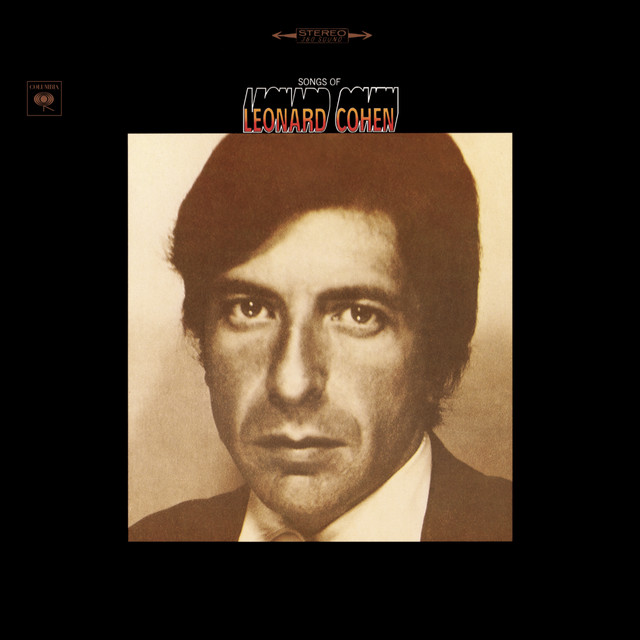Leonard Cohen’s Songs of Leonard Cohen is a collection of hymns for the lost, a pilgrimage through love and longing, and a whispered conversation with the moon. Released in 1967, this debut solidified Cohen’s transition from poet to songwriter, a shift that would change the course of music history. But hidden within the minor chords and poetic verses are stories few have heard. Here are five secrets buried in Songs of Leonard Cohen that deserve to be sung.
1. A Woman Sleeps, a Song is Born: The True Story Behind ‘Sisters of Mercy’
Edmonton, a winter storm, two backpackers named Barbara and Lorraine. They had no place to go, and Cohen, the wandering bard, gave them shelter for the night. They curled into sleep as he sat awake in an armchair, watching over them, moved by something quiet and sacred. By dawn, Sisters of Mercy was written. When they woke, he played it for them—his offering, his benediction. It was not love in the way the world understands it, but it was love nonetheless.
2. A Room in the Chelsea Hotel, a Farewell That Was Never Meant to Be
“So long, Marianne.” It wasn’t always goodbye. In the beginning, it was Come on, Marianne. The song started in Montreal, on Aylmer Street, and was finished in the Chelsea Hotel in New York. Marianne Ihlen, the muse with sea-colored eyes, was the great love Cohen carried across continents. The lyrics were an elegy before their time, a prophesied parting long before their hands ever unclasped. Even in their last days, when Cohen wrote to her as she lay dying, he was still singing her name.
3. The Poet and the Mirror: Cohen’s Strange Studio Ritual
Leonard Cohen, meticulous and melancholy, insisted on a full-length mirror in the studio while recording Songs of Leonard Cohen. Not vanity—no, that wasn’t his way. He played his guitar while looking at himself, lost in a dialogue with his own reflection. Was it self-scrutiny? A poet’s compulsion to see himself as others did? Or was he simply trying to understand the man behind the words, the troubadour who had turned his poetry into song?
4. A Song Sold, a Regret That Echoed for Years
Cohen wrote Suzanne, and then he lost it. Not the melody, not the meaning, but the rights to his own song. In the tangled dealings of the music industry, Suzanne, Stranger Song, and Dress Rehearsal Rag slipped from his hands and into the pockets of another. For years, he watched his most intimate words belong to someone else. When he finally regained them, they were bruised with time, but still, they were his. The poet had reclaimed his poetry.
5. The Spirit in Chains: The Album’s Hidden Religious Symbolism
The back cover of Songs of Leonard Cohen features an image of Anima Sola, a Mexican religious icon—a woman bound in flames, breaking free. Cohen found her in a botánica near the Chelsea Hotel, drawn to the way she seemed both suffering and transcendent. Was she Suzanne? Marianne? The sisters of mercy? Or was she Leonard himself, struggling against the weight of longing, burning with poetry, searching for something holy in the wreckage of love?
Leonard Cohen’s debut is a collection of rooms, of moments frozen in amber, of letters never sent but always received. Each song is a story, and each story is a doorway into the heart of a poet who never stopped searching.
And now, the music plays on.







